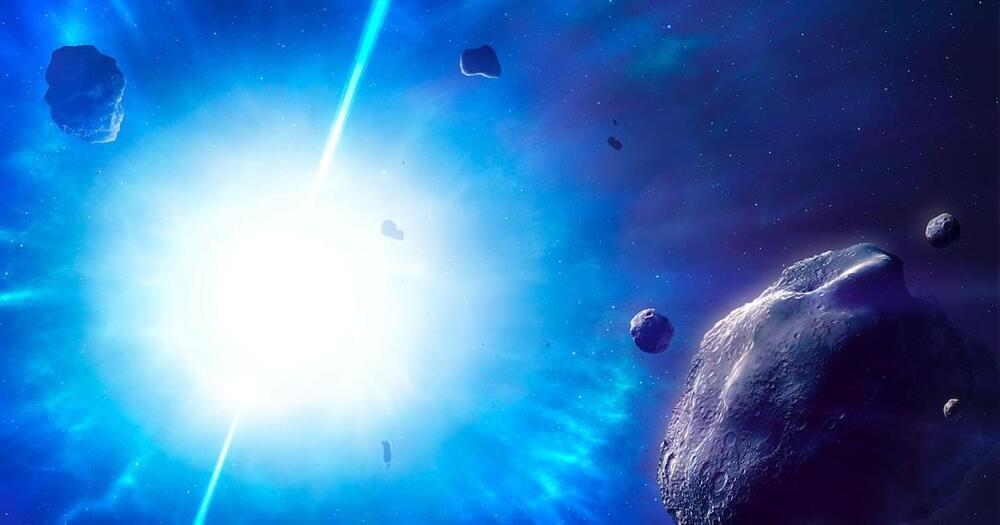IVF using frozen embryos is linked to a higher risk of preeclampsia compared with using fresh embryos or conceiving naturally, new research finds.
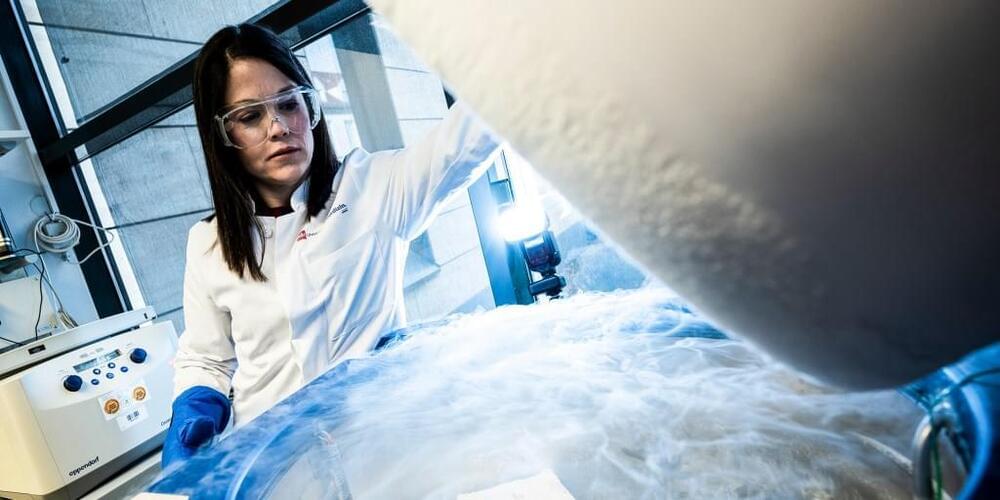

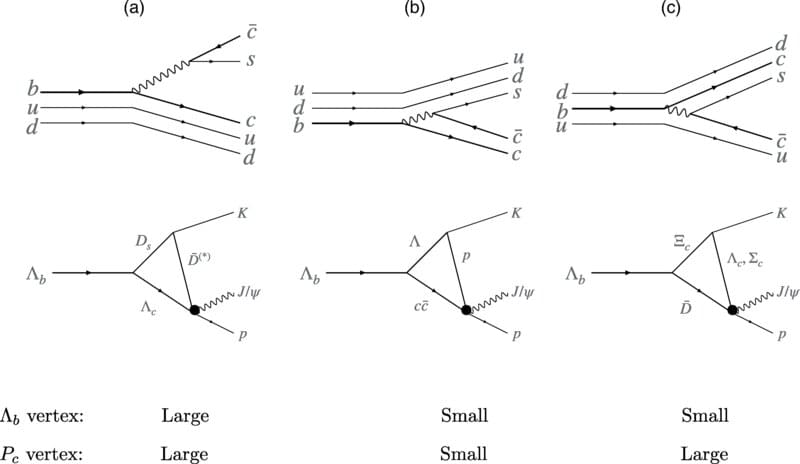
Theorists at the University of Pittsburgh and Swansea University have shown that recent experimental results from the CERN collider give strong evidence for a new form of matter.
The experiment at CERN, site of the world’s highest-energy particle collider, examined a heavy particle called a Lambda b that decays to lighter particles, including the familiar proton and the famed J/psi, discovered in 1974.
In a paper published online today in Physical Review D, physicists Tim Burns of Swansea in Wales and Eric Swanson at Pitt argue that the data can be understood only if a new type of matter exists.
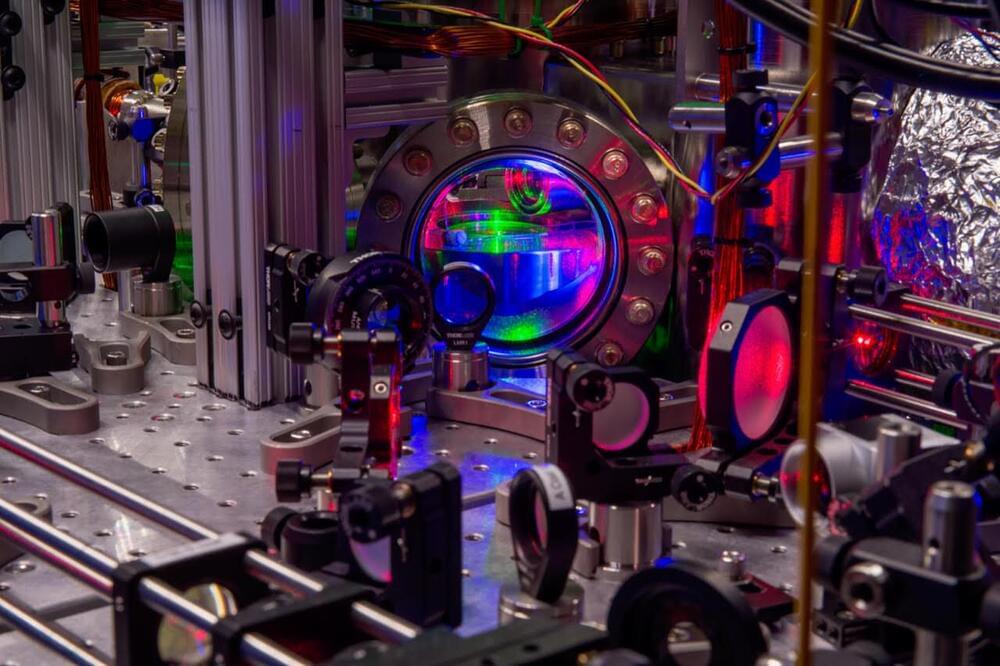
Physicists at UC Santa Barbara, the University of Maryland, and the University of Washington have found an answer to the longstanding physics question: How do interparticle interactions affect dynamical localization?
“It’s a really old question inherited from condensed matter physics,” said David Weld, an experimental physicist at UCSB with specialties in ultracold atomic physics and quantum simulation. The question falls into the category of “many-body” physics, which interrogates the physical properties of a quantum system with multiple interacting parts. While many-body problems have been a matter of research and debate for decades, the complexity of these systems, with quantum behaviors such as superposition and entanglement, lead to multitudes of possibilities, making it impossible to solve through calculation alone. “Many aspects of the problem are beyond the reach of modern computers,” Weld added.
Fortunately, this problem was not beyond the reach of an experiment that involves ultracold lithium atoms and lasers. So, what emerges when you introduce interaction in a disordered, chaotic quantum system? A “weird quantum state,” according to Weld. “It’s a state which is anomalous, with properties which in some sense lie between the classical prediction and the non-interacting quantum prediction.”

For the first time, scientists will be able to test therapeutics for a group of rare neurodegenerative diseases that affect infants and young children, thanks to a new research model created by scientists at the University of Wisconsin-Madison. Their results are published in the Proceedings of the National Academy of Sciences.
Hereditary spastic paraplegias (HSPs) are a group of neurodegenerative diseases caused by genetic mutations. They lead tens of thousands of children to develop increased muscle tone in their lower extremities, causing weakness in their legs and ultimately affecting their ability to crawl or walk.
“Kids as early as six months of age that have these mutations start to show signs of disease,” says Anjon Audhya, a professor in the Department of Biomolecular Chemistry at UW-Madison. “Between two and five years of age, these kids become wheelchair-bound, and they unfortunately will never be able to walk.”
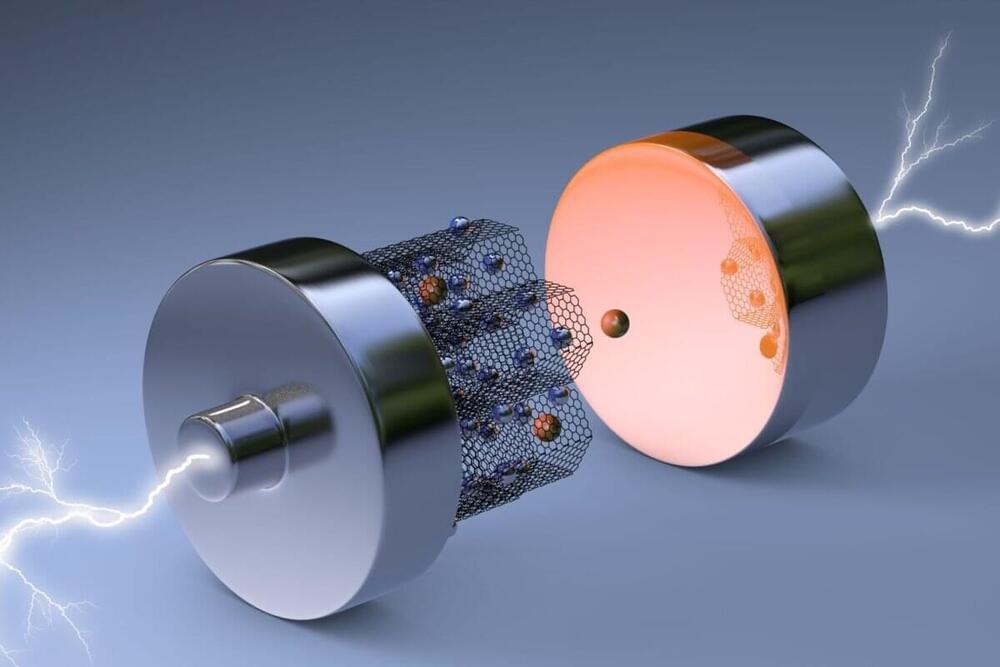
As electric vehicles grow in popularity, the spotlight shines more brightly on some of their remaining major issues. Researchers at The University of Texas at Austin are tackling two of the bigger challenges facing electric vehicles: limited range and slow recharging.
The researchers fabricated a new type of electrode for lithium-ion batteries that could unleash greater power and faster charging. They did this by creating thicker electrodes—the positively and negatively charged parts of the battery that deliver power to a device—using magnets to create a unique alignment that sidesteps common problems associated with sizing up these critical components.
The result is an electrode that could potentially facilitate twice the range on a single charge for an electric vehicle, compared with a battery using an existing commercial electrode.
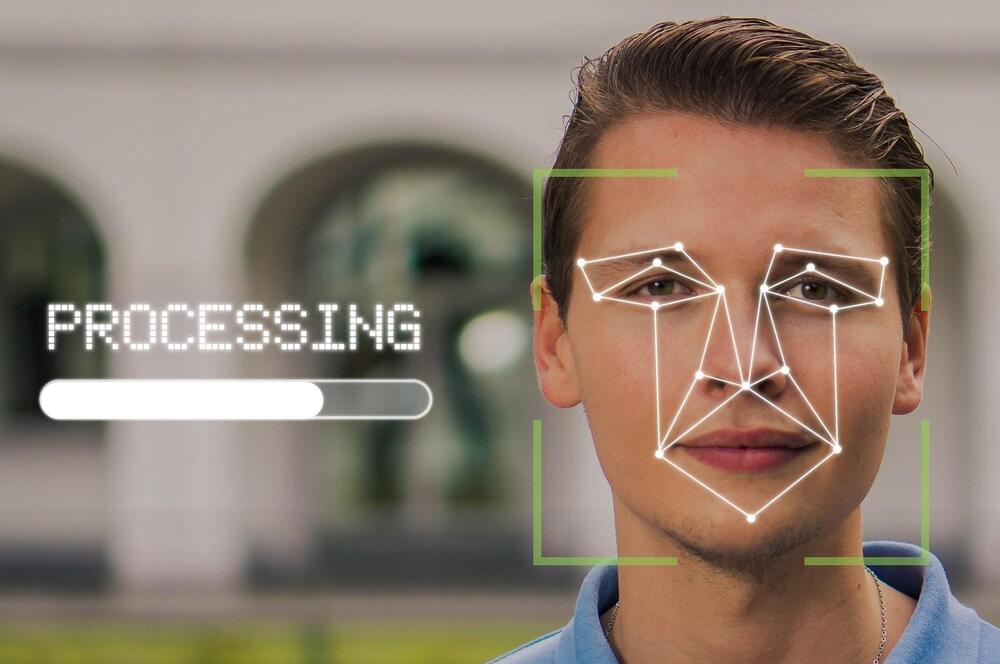
A new report from the University of Technology Sydney (UTS) Human Technology Institute outlines a model law for facial recognition technology to protect against harmful use of this technology, but also foster innovation for public benefit.
Australian law was not drafted with widespread use of facial recognition in mind. Led by UTS Industry Professors Edward Santow and Nicholas Davis, the report recommends reform to modernize Australian law, especially to address threats to privacy and other human rights.
Facial recognition and other remote biometric technologies have grown exponentially in recent years, raising concerns about the privacy, mass surveillance and unfairness experienced, especially by people of color and women, when the technology makes mistakes.
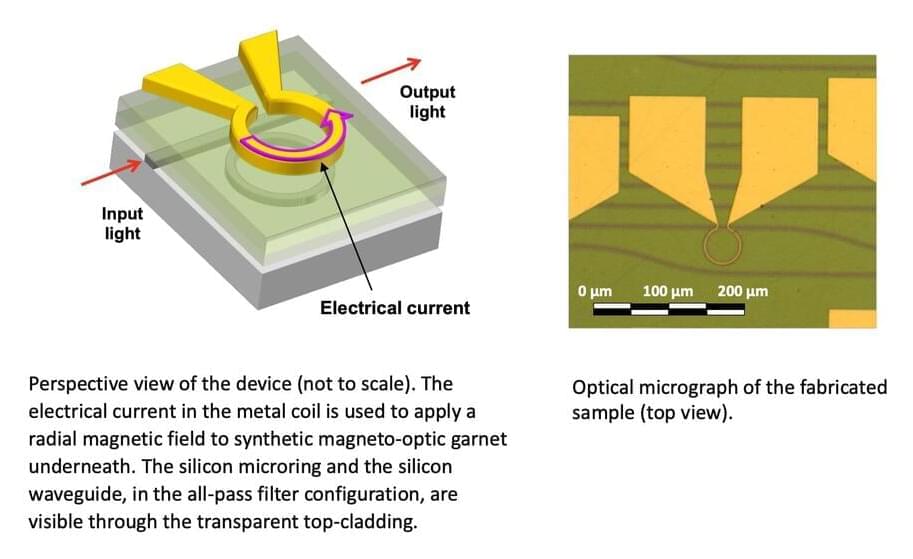
In the future, many computers will most likely be based on electronic circuits made of superconductors. These are materials through which an electrical current can flow without energy losses, could be very promising for the development of high-performance supercomputers and quantum computers.
Researchers at University of California Santa Barbara, Raytheon BBN Technologies, University of Cagliari, Microsoft Research, and the Tokyo Institute of Technology have recently developed a magneto-optic modulator—a device that control the properties of a light beam through a magnetic field. This device, introduced in a paper published in Nature Electronics, could contribute to the implementation of large-scale electronics and computers based on superconductors.
“We are working on a new technology that can speed up high-performance supercomputers and quantum computers based on superconductor technology,” Paolo Pintus, the researcher who led the study, told TechXplore. “Superconductors work properly only at low temperatures, generally just above absolute zero (−273.15° Celsius). Because of this, circuits made of these materials must be kept inside a dedicated refrigerator.”

TODAY NASA will make history but conducting the first ever asteroid redirection test!
Get your SLS gear TODAY at https://www.thelaunchpad.store.
– — – — – — – — – — – — – — – -
OUR MISSION: Our mission is to inform and inspire the explorers of tomorrow; because we believe that space is better together.
SUPPORT OUR WORK: Consider becoming a TLP Member on Patreon or Youtube!
https://www.patreon.com/thelaunchpad.
https://www.youtube.com/thelaunchpad.
Donations/Super chat over $20 please use GoFundMe.
https://www.gofundme.com/f/the-launch-pad-2022-fund.
– — – — – — – — – — – — – — – -
